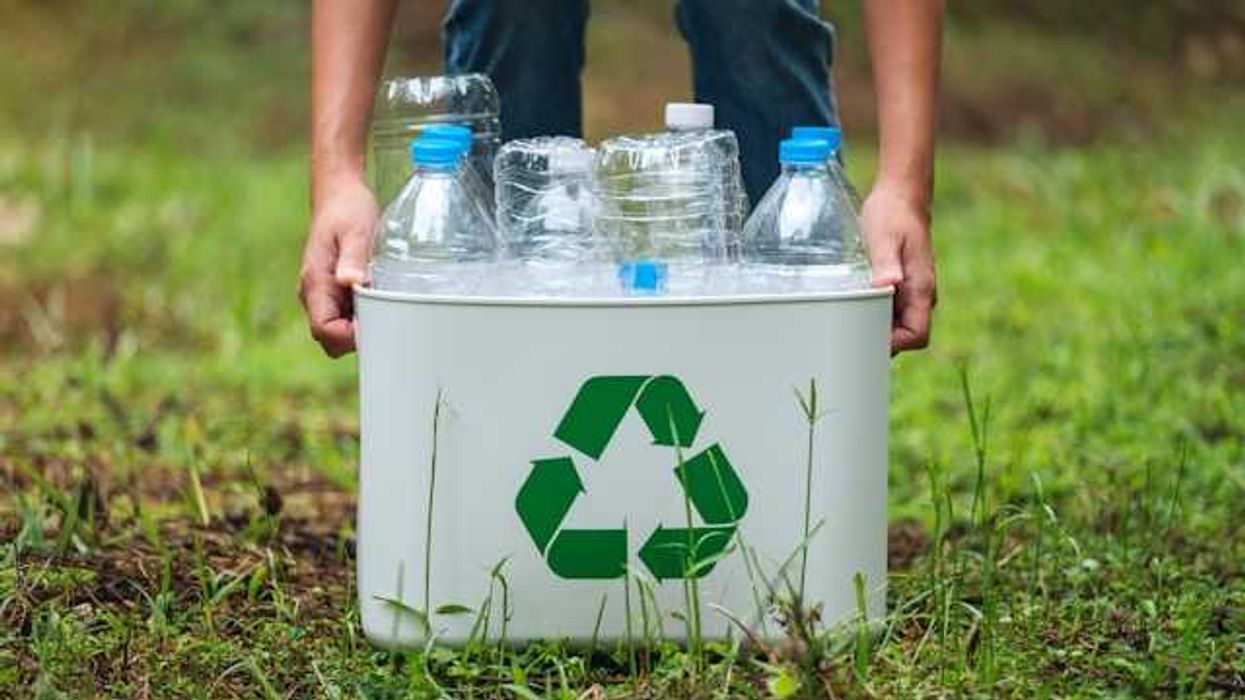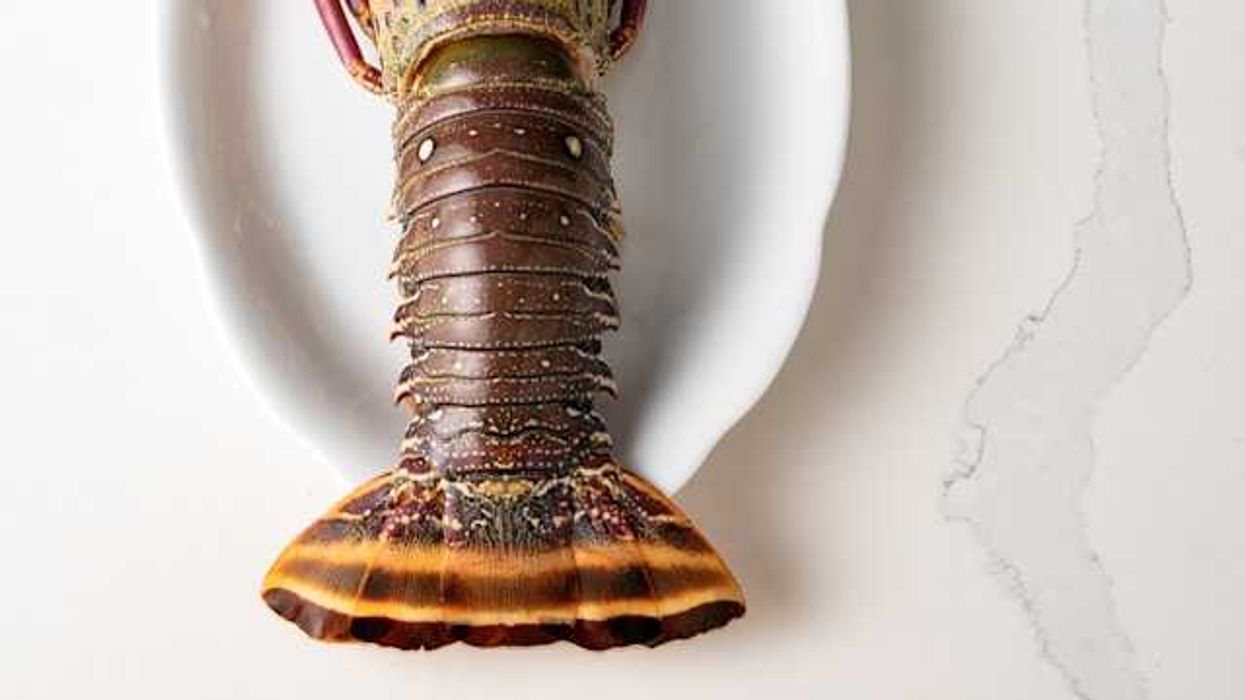While white homeowners made headlines over toxic pollution in Love Canal, Black mothers living next door were left out of the national narrative — despite fighting just as hard for their families’ health.
Jessica Kutz reports for The 19th.
In short:
- In the 1970s, Lois Gibbs became the face of the Love Canal toxic waste disaster, but Black women renters living nearby in public housing raised similar alarms that were ignored by the media and officials.
- These women, including Agnes Jones and Vera Starks, formed their own advocacy group and partnered with the National Association for the Advancement of Colored People (NAACP) to demand health testing, relocation, and recognition for their community’s suffering.
- Despite years of work and eventual relocation in 1980, their contributions were largely left out of the historical record, an indication of how race and housing status shaped whose voices mattered in environmental justice.
Key quote:
“My mom was considered an angry Black woman that was living in a housing project.”
— Carol Jones, daughter of activist Agnes Jones
Why this matters:
Long before “environmental justice” became a rallying cry, a group of Black mothers in Niagara Falls, New York, were living it — fighting toxic waste with nothing but determination and each other. Women like Agnes Jones and Vera Starks watched their children suffer nosebleeds, seizures, and mysterious illnesses, and listened as their neighbors described pregnancy complications and cancers. They researched, raised alarms, knocked on doors, organized meetings, and demanded answers. But they weren’t homeowners. They were Black. They were renters. And in the eyes of many officials and journalists, their voices and experiences didn’t carry the same weight. That exclusion — hardly unique to Love Canal — has hindered public understanding of the environmental movement and perpetuated environmental injustice.
Read more:














